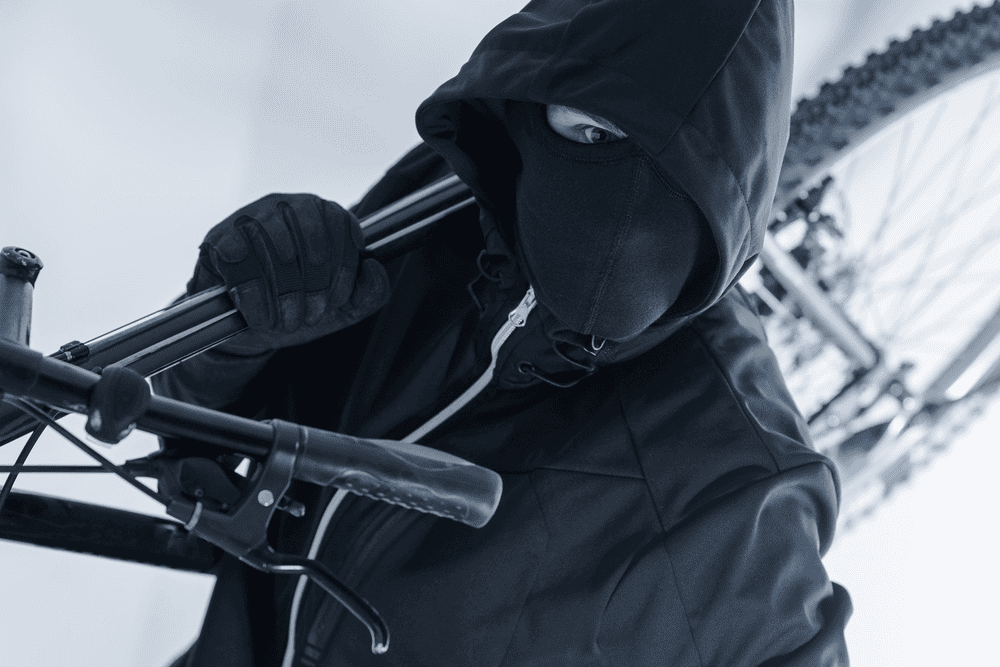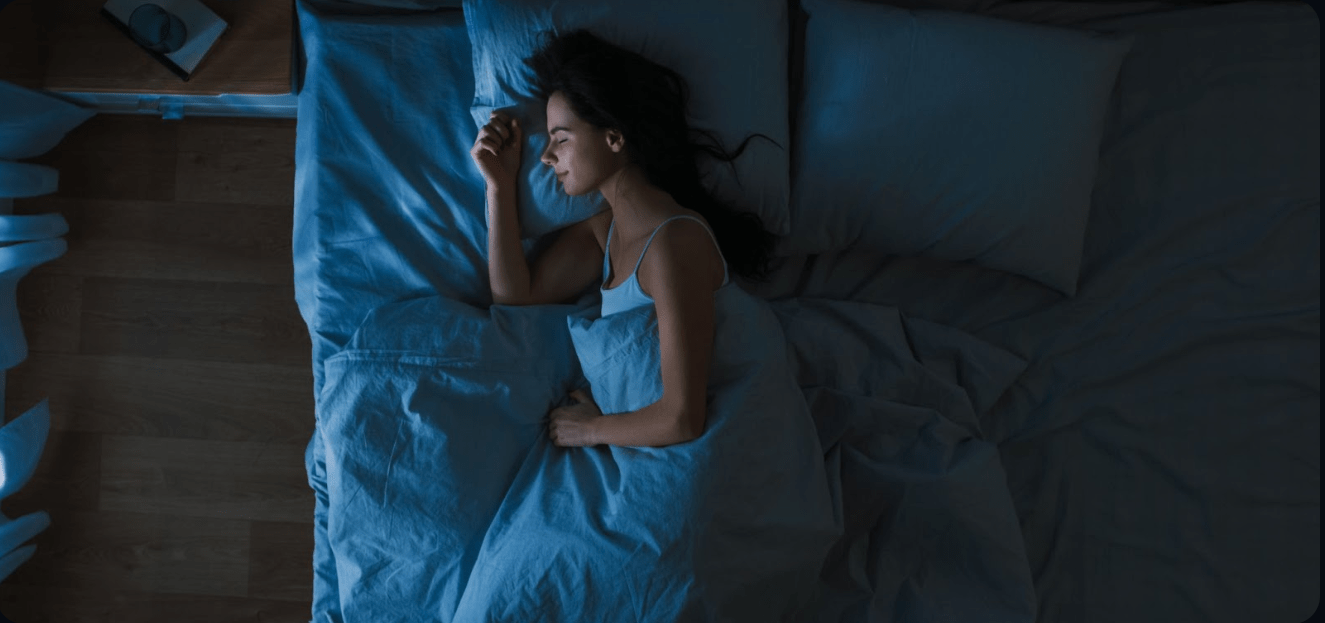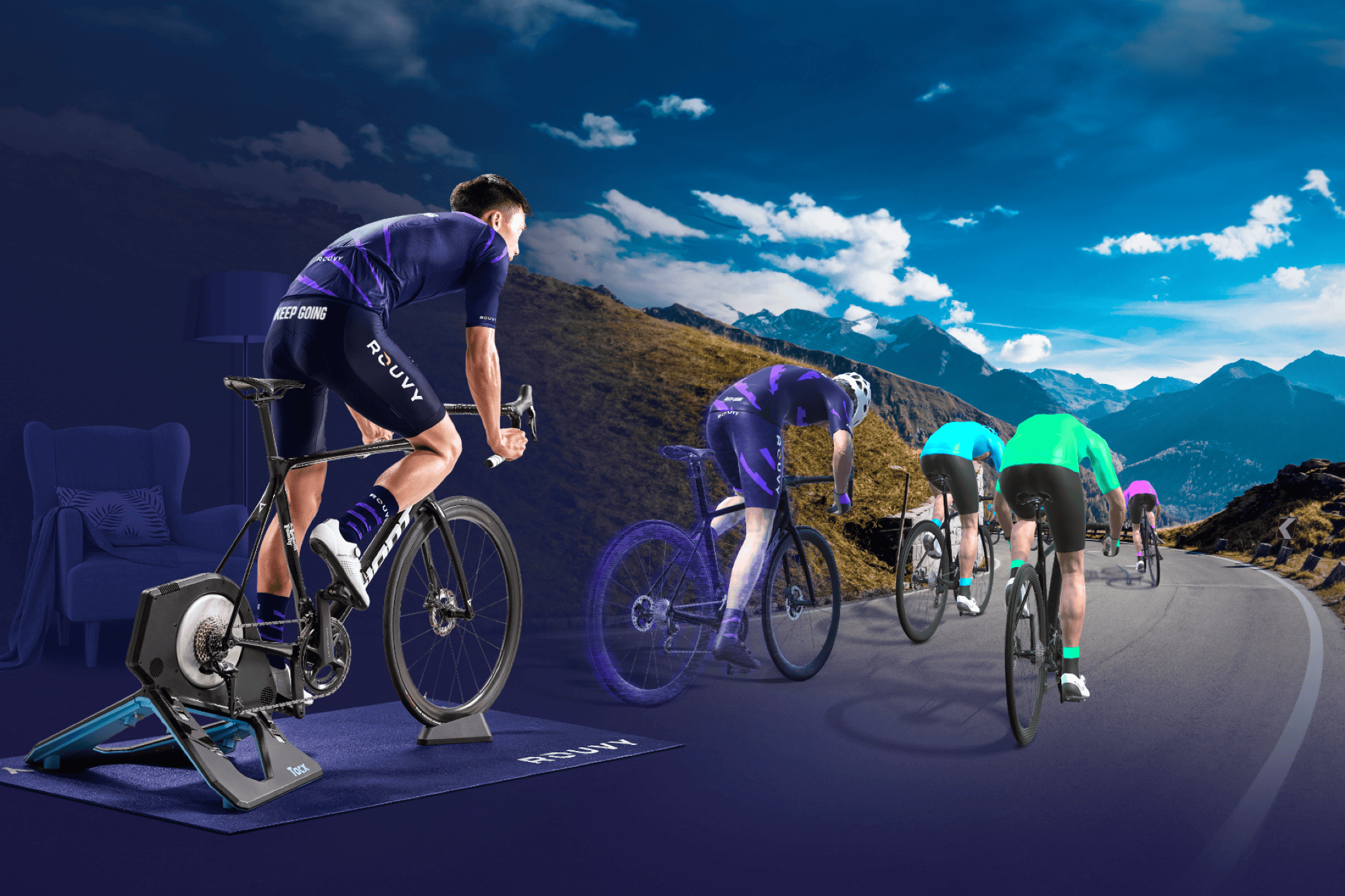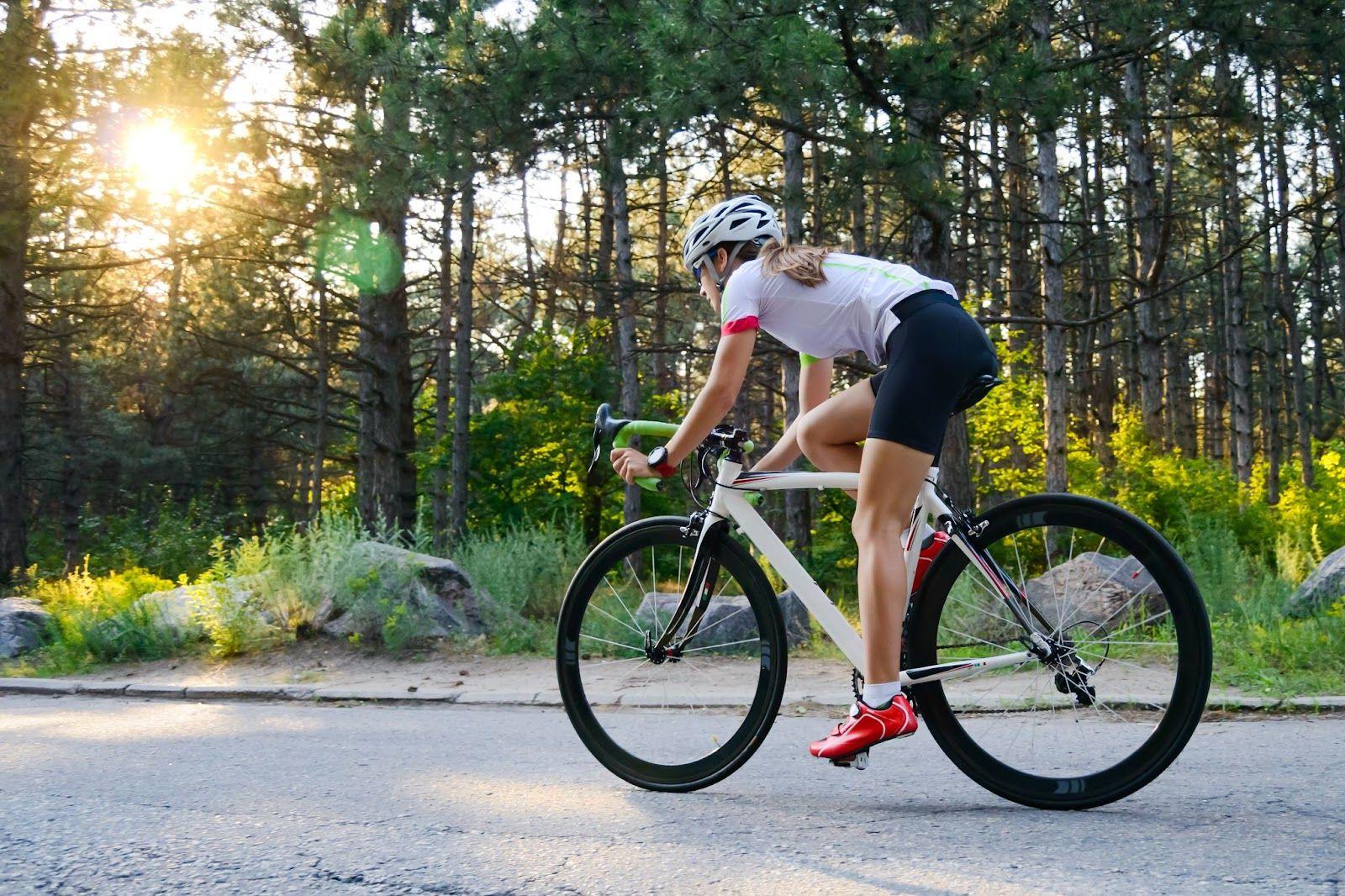Invest in high-security bike locks
On average, 175,200 bikes are reported stolen in the US every year. That's a lot of bikes. And unfortunately bikes are prime targets for thieves, especially high-end models, as they are mobile and can easily be broken down into parts. No bike is 100% theft-proof unless it never leaves your sight and a thief with a set of bolt-cutters can steal it in seconds if they know what they are doing. However, a quality lock is still probably the single most important factor in protecting your bike. They come in different shapes, sizes, and levels of security and with so many different kinds available, it might be initially overwhelming to choose the right one. However, taking the time to research and invest in the best lock for your specific needs will pay off in the long run. Investing in a high-quality lock will give you peace of mind knowing that your bike is protected.
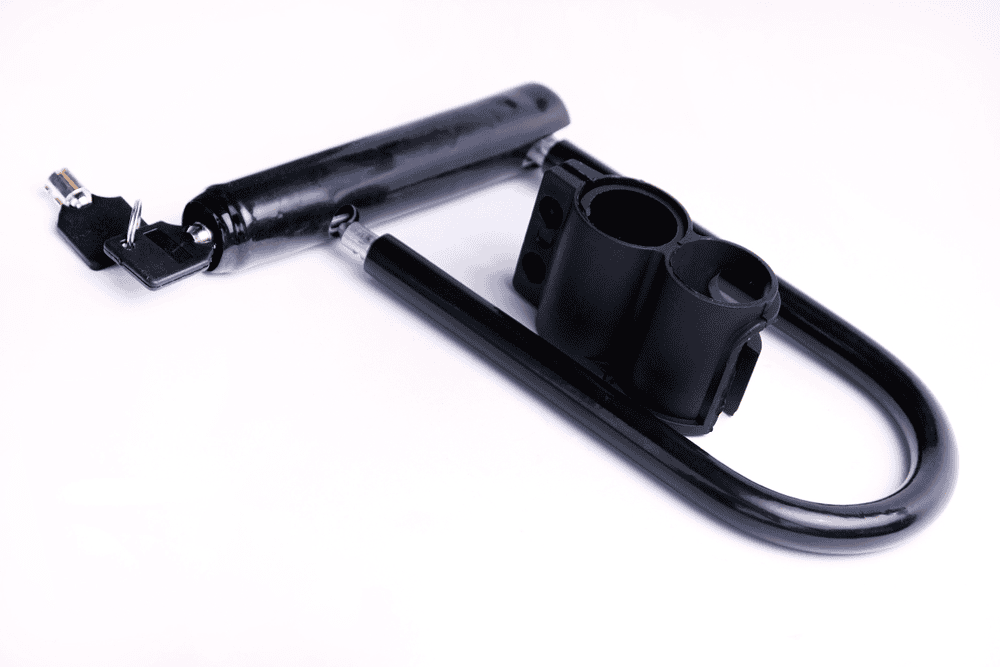
Comparing types of bike locks: Which one is right for you?
U-Locks (a.k.a. D-Locks): These are the most secure type of bike lock. They're extremely tough to break and require professional tools to do so. As the shape suggests, they can be fitted around bike racks, poles, and other secure objects.
Chain Locks: Chain locks offer a good level of security and are adaptable due to their length. They consist of a series of steel links covered by a protective sleeve to prevent damage to your bike's frame. The longer the chain, the more objects you can secure your bike to. However, they can be heavy to carry around.
Cable Locks: These are the lightest and most portable type of bike lock. They're flexible and can be coiled up easily for storage. However, they offer the least amount of security and can easily be cut through with the right tools.
While each lock type has its advantages, U-locks tend to be the best in terms of overall security and ease of use. However, using a combination of lock types (like a U-lock and a cable lock) can provide an even higher level of security, making it significantly harder for thieves to steal your bike. When buying a lock, think about the location where you're likely to be using it the most. If you're leaving your bike for long periods in secluded places, opt for the best lock combination you can afford.
While any lock is better than no lock, no lock is 100% thief-proof. If a thief is determined to steal your bike, they will probably find a way. So often a lock acts as a psychological as well as a physical deterrent. The more formidable the lock, the more likely it is that a thief will go for another target.
Mastering the art of locking: Secure your bike the right way
Ideally the locks should go through the bike frame as well as both wheels and the object you are securing it to. Also, make sure that you are attaching your bike to an object that cannot be cut or removed. And of course, be sure to take any removable items with you such as lights, basket and saddle etc.
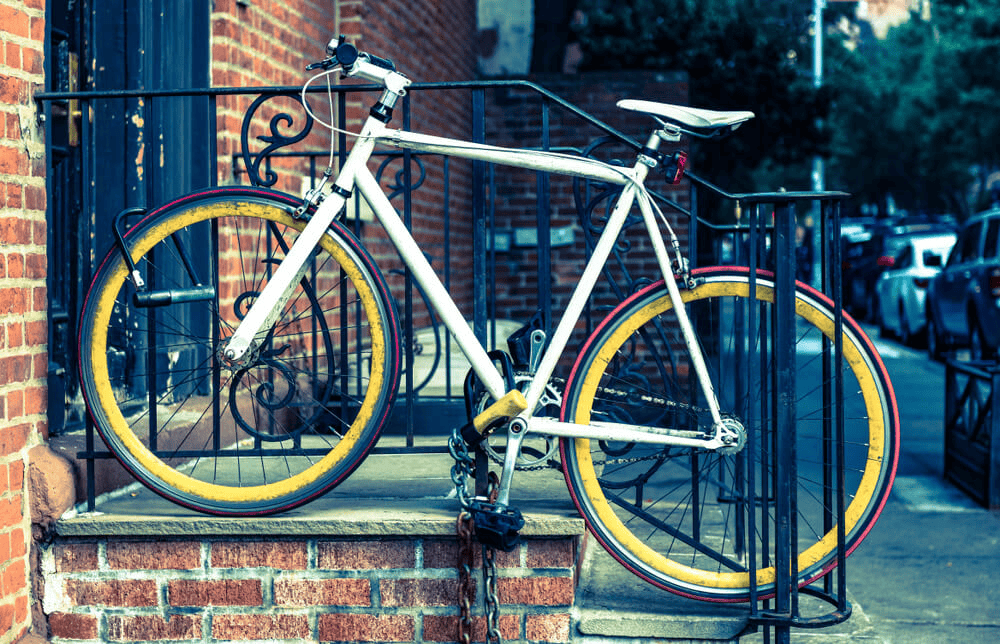
Keep your cycle secure
Leaving your cycle unattended in public places is, unfortunately, one of the fastest ways to invite theft or damage. That's why it's highly recommended to take a proactive approach and store your bike indoors or in an enclosed area if possible. Not only will your cycle be more secure, but it will also be shielded from harsh weather conditions as a bonus. Another factor to consider is not locking it in the same place every day so that thieves can predict your activity.
However, the assumption that the vast majority of bike thefts occur in public places is wrong. A surprising and grim statistic is that more than half of bike thefts occur from the owners home. Bike thiefs are (usually) smart… and patient. They'll do their research to find high-end bikes that are worth the most. This is why it’s worth considering a home security system with cameras or motion sensors - not only does it deter break-ins, but it also provides evidence if your bike is targeted. Bike owners who like to record their riding adventures on social media often unwittingly send out large flashing 'steal me' signs to thieves by showing their bike and address on social media. So think before you post or set up a privacy zone on your fitness tracking apps like Strava. These privacy zones blur the start and end zones of your ride to outside viewers while keeping the internal data intact.
Removing geo-tags near your home is also a smart move.
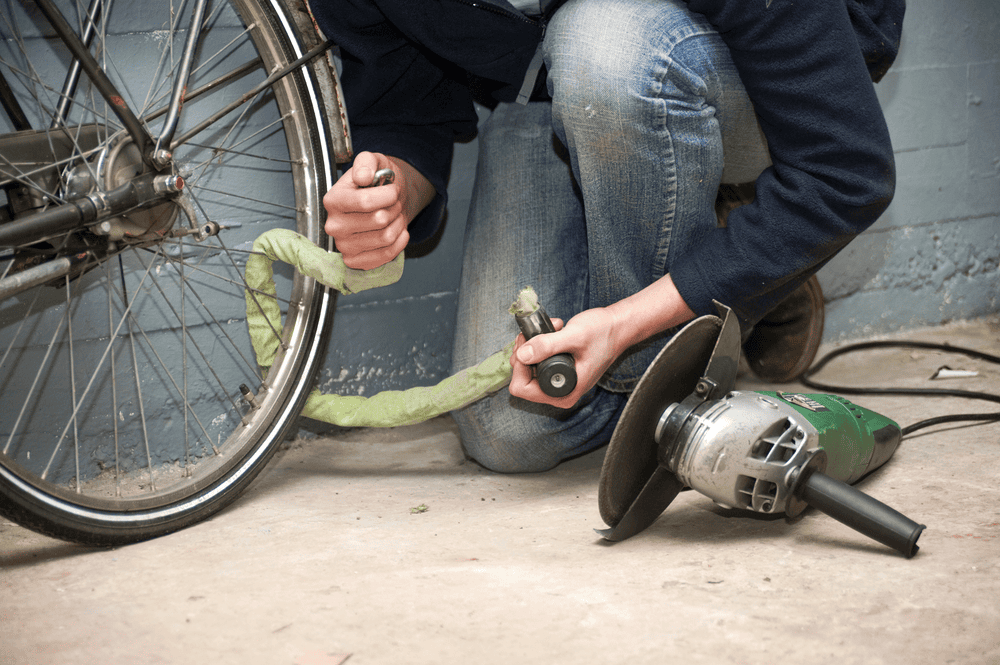
If the worst happens and your bike is stolen, there is still hope for getting it back. But there are steps to be taken to increase the chances of recovery.
Why and how to register your bicycle with local authorities
It's a beautiful day and you're ready to hit the open road on your trusty bicycle. You check the brakes, adjust the seat, and double-check your helmet before taking off. But there's one important step you might be forgetting: registering your bike with your local police department. Why is this step so crucial? Well, if your bike is ever lost or stolen, having it registered can make all the difference in getting it back. Plus, it's a quick and easy process that ensures you're following the law and keeping your bike safe. So before you set off on your next adventure, take a few minutes to register your bicycle and have peace of mind knowing that it's protected. Every country has a slightly different system - sometimes it's with the police, sometimes with a local authority or organization - so check for your local area. Registration can usually be done online.
Take photos of your bike and the record serial numbers for identification Photos or it didn't happen? Unfortunately theft is real, but taking detailed photos of your bike and recording its serial number can really increase the chances of recovering it in the unfortunate event that it gets stolen. By recording the serial number, you'll have a unique identifier for your bike that can be used by authorities to identify if it turns up. Additionally, taking photos of your bike can serve as visual evidence of ownership, should you need to prove it. So take a few moments to snap some pics and jot down the serial number – you'll thank yourself later.
Advanced theft prevention: utilizing GPS trackers for better bike security
If you own a bicycle, you know how important it is to have measures in place to protect it from theft. One way to ensure that your bike is always in your possession is by placing a GPS tracker on it. There are various brands of GPS trackers available, each with their own set of features such as Apple's AirTag and the Spytec GPS Tracker. A GPS tracker allows you to monitor the location of your bike at all times, making it easier to recover if stolen.
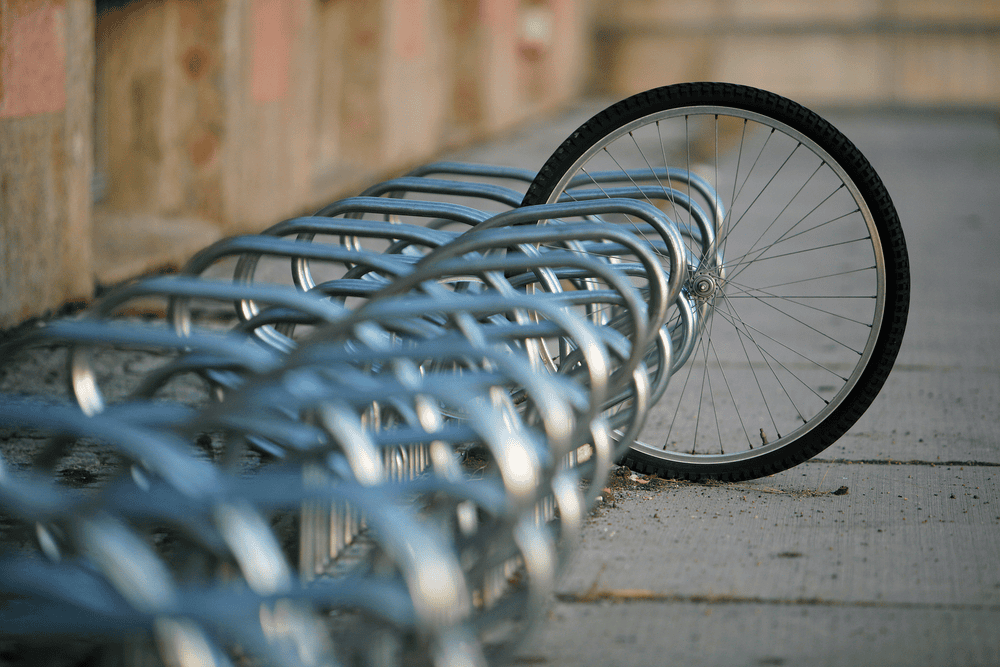
The best bike anti-theft system is more than just a single product. It's a collection of different products combined with a safety-conscious mindset. Preventing bike theft is a constant battle but if you take action on all of the advice in our guide above, you'll equip yourself with a good arsenal of techniques to keep your precious bike safe.
An even better way to cut down on the chances of your bike being stolen is to keep it indoors and ride on an indoor trainer. You may get less fresh air but if you live in a high crime area, riding indoors is a great way to still stay fit and have the peace of mind of not losing your bike. It's one more reason for using an indoor training app like ROUVY.
